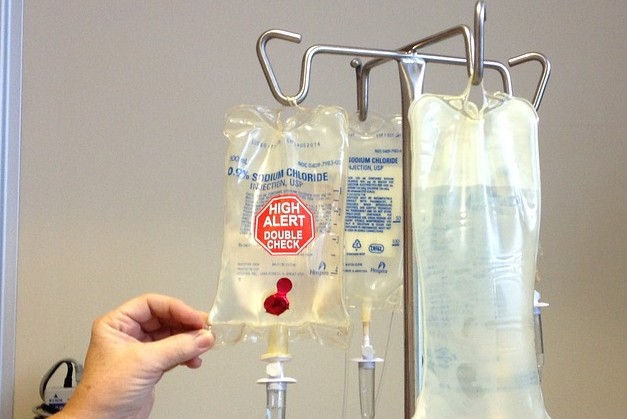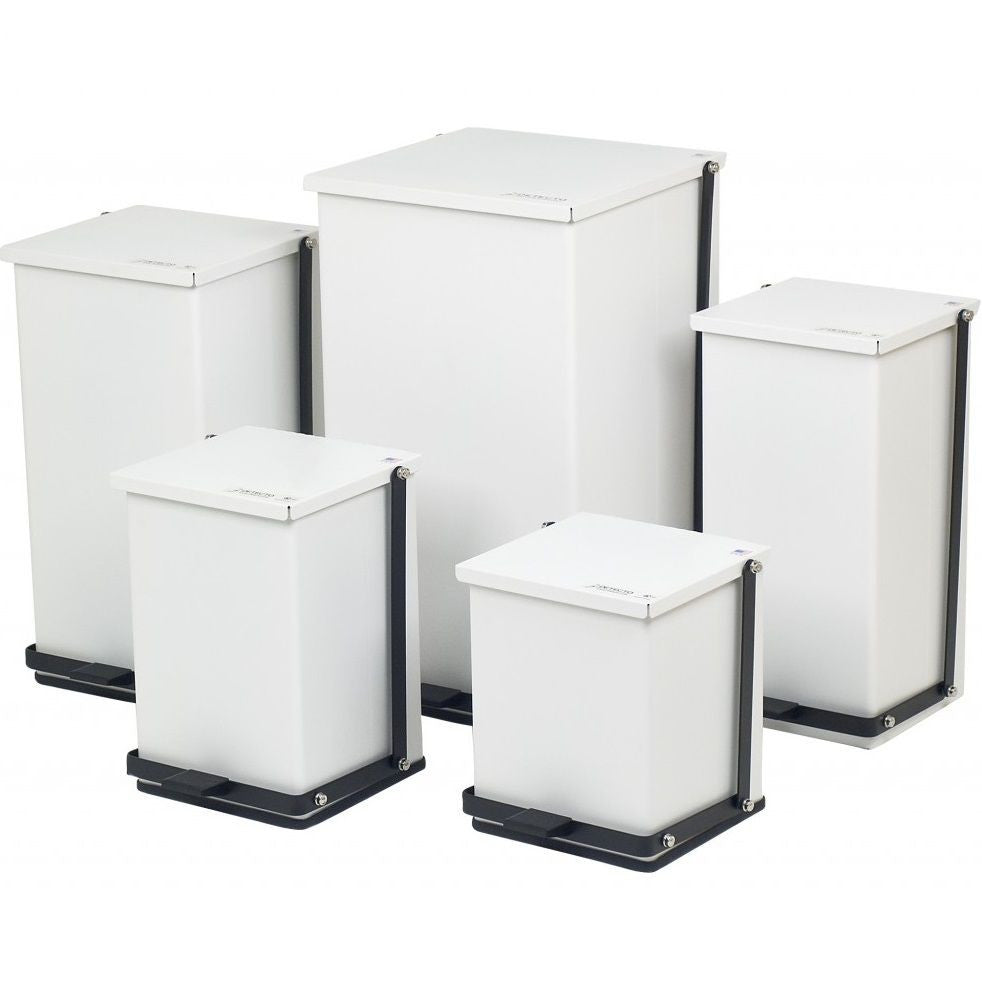Safety First: Your Overview to Responsible Medical Waste Removal Services
Reliable and Environmentally Friendly Medical Waste Disposal Solutions
In the ever-evolving field of medical care, the concern of medical waste disposal continues to be a topic of vital importance. As medical facilities, facilities, and other health care centers strive to supply high quality person care, they have to also resolve the difficulty of successfully and responsibly disposing of their waste.
Waste Segregation Practices
Efficient waste segregation practices are necessary to ensure the proper and risk-free disposal of clinical waste. Clinical waste, that includes materials polluted with potentially infectious compounds, need to be taken care of in a manner that decreases the threat of damage to both public wellness and the environment. Proper waste segregation plays a critical role in achieving this goal.
Waste segregation involves the splitting up of different kinds of waste based upon their features and prospective dangers. This process makes sure that each kind of waste is dealt with and gotten rid of suitably (medical waste disposal services with WasteX). It begins at the factor of generation, where health care centers must have designated bins and containers for various waste classifications, such as sharps, contagious waste, pharmaceutical waste, and non-hazardous waste
By segregating clinical waste at the source, doctor can stop cross-contamination and reduce the threat of exposure to transmittable representatives. This method additionally helps with the recycling and recuperation of specific products. As an example, setting apart and reusing clean plastics and glass reduces the need for basic materials and minimizes the ecological influence of clinical waste disposal.

Autoclaving and Sterilization Techniques
In order to make sure the correct and risk-free disposal of clinical waste complying with reliable waste segregation practices, medical care facilities must utilize autoclaving and sterilization methods. Autoclaving is an extensively utilized method that uses high-pressure vapor to disinfect clinical waste.
One more typically used sterilization strategy is chemical sterilization. This includes dealing with the waste with chemicals such as ethylene oxide or hydrogen peroxide, which eliminate microorganisms by interrupting their mobile structure. Chemical sanitation is often utilized for heat-sensitive products or products that can not withstand the heats of autoclaving. Nonetheless, it is necessary to keep in mind that chemical sterilization calls for proper handling and disposal of the chemicals utilized, as they can be unsafe to human health and the environment if not managed properly.
On-Site Waste Treatment Solutions
Health care centers have actually executed on-site waste treatment systems to deal with the disposal of medical waste in a effective and risk-free way. These systems supply a hassle-free and cost-efficient remedy for handling clinical waste created within the center. On-site waste treatment systems make use of numerous innovations to get rid of and treat of clinical waste on-site, decreasing the demand for transport to off-site facilities.
One typically made use of on-site waste treatment system is the microwave technology. This technology uses microwave energy to sanitize and disinfect clinical waste, minimizing its volume and rendering it secure for disposal. Another system is the chemical disinfection modern technology, which includes treating clinical waste with chemicals to kill pathogens and decrease its hazardous nature. This approach is especially effective for fluid medical waste.
On-site waste treatment systems use several benefits. First of all, they get rid of the danger of medical waste being mishandled during transportation, decreasing the capacity for contamination and exposure to damaging materials. In addition, these systems help health care facilities follow waste monitoring laws by giving a convenient and reliable disposal approach. On-site treatment systems reduce the overall ecological influence of clinical waste by reducing transportation and the requirement for landfill space.
Recycling and Repurposing Campaigns
As healthcare centers pursue sustainable waste management practices, they are increasingly exploring recycling and repurposing initiatives as a method of reducing the environmental influence of clinical waste. Reusing and repurposing efforts include discovering ingenious methods to reuse or transform medical waste right into brand-new products or materials. This not only helps to minimize the quantity of waste that finishes up in garbage dumps or incinerators yet likewise decreases the consumption of basic materials and power required for making brand-new products.
One instance of reusing in the healthcare industry is the reprocessing of single-use medical tools. These gadgets, such as surgical tools or catheters, are typically discarded after a solitary use. Advancements in modern technology and rigid sterilization procedures have made it feasible to securely tidy, disinfect, and recycle these gadgets numerous times. This not only lowers the amount of waste created but additionally saves medical care facilities substantial prices connected with acquiring new tools.
Another recycling campaign involves the recycling of plastic containers, such as medicine containers or syringe casings. see here These containers can be accumulated, sorted, and sent out to reusing centers where they are processed, melted down, and changed right into new plastic items. This aids to conserve resources and minimize the need for virgin plastic manufacturing.
Along with reusing, repurposing campaigns involve discovering different usages for medical waste. As an example, shredded paper waste from clinical documents or product packaging materials can be repurposed as bedding material for animals or as insulation product (medical waste removal service). Likewise, natural waste such as food scraps from medical care facilities can be composted and used as fertilizer in gardens or agricultural fields.

Renewable Energy Solutions
One effective technique to alleviating the ecological effect of medical care procedures includes carrying out sustainable energy services. Medical care centers, such as medical facilities and facilities, take in significant amounts of energy for numerous functions, including lighting, home heating, air conditioning, and operating medical devices. By transitioning to renewable power resources, these facilities can significantly reduce their carbon footprint and add to an extra sustainable future.

Applying renewable resource services in medical care centers not only decreases greenhouse gas discharges yet also uses lasting price savings. While the initial investment in sustainable power infrastructure may be greater, the long-term operational expenses of renewable resource systems are substantially reduced contrasted to traditional fossil fuel-based energy sources. In addition, renewable resource systems are trustworthy and can give a secure and uninterrupted power supply, guaranteeing constant medical care services also throughout power blackouts or emergency situations.
Verdict
In conclusion, implementing ecologically friendly and effective clinical waste disposal services is important for keeping a sustainable health care system. By adopting waste partition practices, autoclaving and sterilization strategies, on-site waste therapy systems, reusing and repurposing initiatives, and sustainable power services, healthcare centers can considerably lower their ecological effect.
It begins at the factor of generation, where health care centers should have assigned containers and containers for various waste categories, such as sharps, contagious waste, pharmaceutical waste, and non-hazardous waste.
In order to make certain the correct and safe disposal of medical waste adhering to efficient waste partition techniques, healthcare facilities need to use autoclaving and sterilization methods.Medical care facilities have implemented on-site waste treatment systems to deal with the disposal of clinical waste in navigate to this website a risk-free and reliable manner. On-site waste treatment systems use numerous modern technologies to get rid of and deal with of clinical waste on-site, decreasing the need for transportation to off-site facilities.
As health care centers make every effort for lasting waste monitoring techniques, they are significantly exploring recycling and repurposing initiatives as a means of minimizing the ecological influence of medical waste. - medical waste removal near me